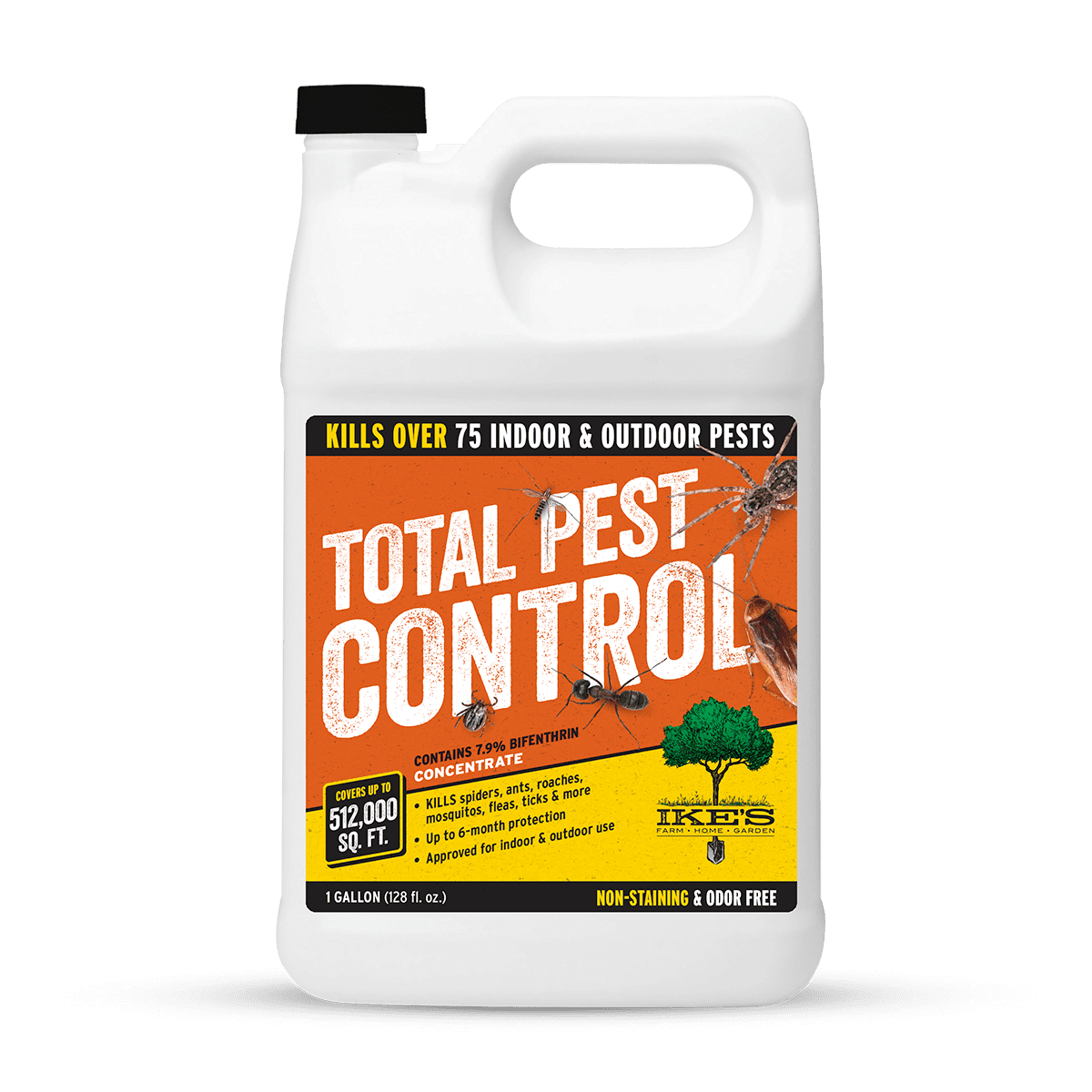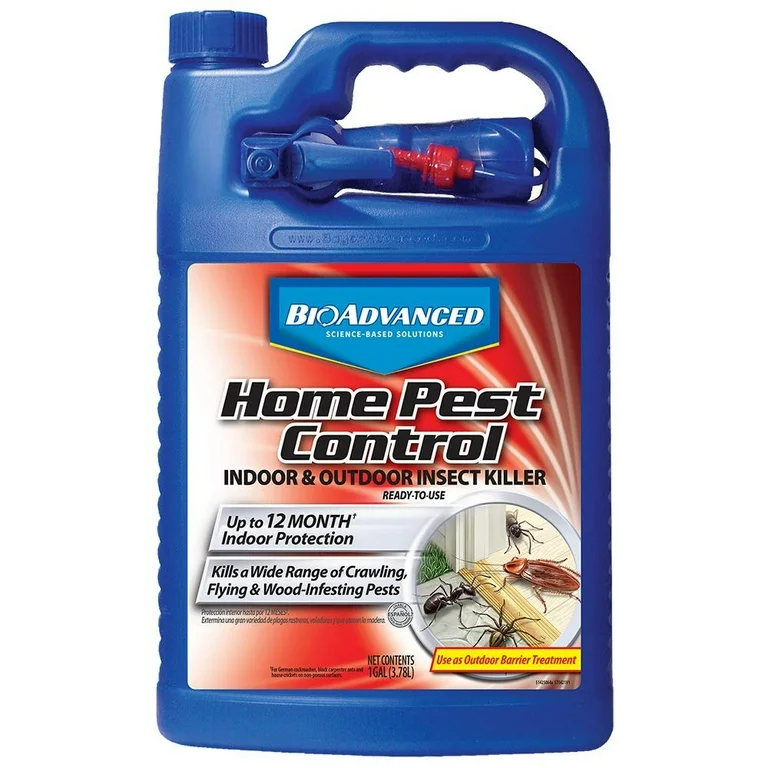Trusted A1 Bed Bug Exterminator Charlotte - Get Rid of Bed Bugs Fast
Trusted A1 Bed Bug Exterminator Charlotte - Get Rid of Bed Bugs Fast
Blog Article
Bed Pest Treatment Breakdown: Contrasting Chemical Vs. Non-Chemical Solutions
In the realm of parasite control, particularly when managing the relentless problem of bed pests, the option in between chemical and non-chemical treatment options can be a pivotal one. Both techniques supply distinct advantages and downsides, affecting elements such as efficiency, safety and security considerations, and general price. By analyzing the nuanced information of each method, a clearer understanding of which course to pursue in resolving a bed insect problem can be acquired.
Performance of Chemical Treatments
Chemical therapies for bed insect problems have actually been commonly acknowledged for their fast and potent effectiveness in removing these insects. When thinking about the effectiveness of chemical therapies, it is crucial to recognize that they can give a detailed and fast option to a bed insect trouble.
In addition, chemical therapies have the advantage of providing residual results, suggesting that they can proceed to eliminate bed pests even after the initial application. This recurring action is particularly advantageous in combating any potential re-infestations. Additionally, the quick activity of chemical treatments can bring alleviation to people dealing with serious bed bug problems, allowing them to gain back control of their space promptly.
Security Worry About Chemical Solutions
When using chemical options for bed pest treatment is making sure the safety and security of owners and the setting,One important element that calls for mindful factor to consider. While chemical therapies can be efficient in removing bed bugs, they might posture threats otherwise taken care of effectively. Among the key safety and security interest in chemical solutions is the potential harm they can cause to human health. Exposure to specific chemicals made use of in bed bug therapies can lead to respiratory system issues, skin irritability, or various other negative responses, particularly in individuals with pre-existing conditions or sensitivities. Furthermore, incorrect application or dose of chemical pesticides can lead to hazardous residues sticking around in the cured area, posing lasting health and wellness threats to owners.
In addition, the environmental influence of chemical services is an additional considerable factor to consider. Some pesticides made use of in bed bug therapies may be harmful to beneficial bugs, wildlife, and ecosystems if they seep into the dirt or water supply. It is important to make use of chemical therapies deliberately, following safety and security guidelines, and considering much less toxic choices to reduce these threats and make sure the safe and reliable administration of bed bug problems.
Advantages of Non-Chemical Methods
Taking into consideration the prospective safety problems and environmental impact associated with chemical options for bed pest therapy, checking out non-chemical techniques offers an encouraging alternative with several unique benefits. Non-chemical techniques offer a much safer alternative for families, especially those with youngsters, pets, or people delicate to rough chemicals. These strategies get rid of the dangers of exposure to harmful compounds, minimizing the capacity for damaging wellness results. Furthermore, non-chemical treatments are environmentally friendly, as they do not add to air or water pollution, making them a sustainable selection for parasite control.
In addition, non-chemical services can be efficient in targeting bed bugs, consisting of hard-to-reach areas where chemical treatments might not penetrate - A1 bed bug treatment in charlotte. Approaches such as heat therapy, vacuuming, vapor cleansing, and mattress coverings provide complete eradication without the usage of hazardous chemicals.
Limitations of Non-Chemical Treatments

Furthermore, non-chemical therapies often require numerous applications to attain effective removal. This can be taxing and may not constantly assure complete removal of all bed bugs and their eggs, especially in hidden or hard-to-reach locations.
Furthermore, the success of non-chemical treatments heavily depends on appropriate execution and thoroughness, which can be testing for people without professional knowledge. Insufficient application of non-chemical approaches may lead to insufficient eradication, causing relentless infestations and the need for extra therapies.
As a result, while non-chemical treatments have their benefits, it is vital to acknowledge these restrictions and consider them when determining the most effective technique for taking care of bed bug invasions.
Price Contrast: Chemical Vs. Non-Chemical Options
Given the restrictions related to non-chemical therapies, a necessary facet to assess in the context of bed insect administration is the expense comparison between chemical and non-chemical alternatives. Chemical therapies typically involve the application of insecticides by professionals, which can range from $250 to $900 per space, depending on the seriousness of the invasion and the size of the area to be treated. In contrast, non-chemical treatments like heat therapy or vapor can be a lot more costly, with expenses ranging from $1,000 to $6,000 for a whole home. While the first price of chemical therapies might appear lower, several therapies might be required to totally eliminate the invasion, try this out potentially boosting the total expense. On the various other hand, non-chemical alternatives may provide a more lasting and eco-friendly solution, although they can be cost-prohibitive for some people. Eventually, when thinking about the cost of bed insect therapy alternatives, it is very important to evaluate the in advance expenditures versus the effectiveness and long-lasting sustainability of the chosen approach.
Verdict

Considering the possible security concerns and ecological effect associated with chemical remedies for bed bug treatment, discovering non-chemical approaches provides a promising option with numerous distinct benefits.Provided the constraints associated with non-chemical treatments, a necessary aspect to assess in the context of bed the pest company pest management is the price comparison in between chemical and non-chemical choices. In contrast, non-chemical therapies like warm therapy or heavy steam can be more costly, with expenses ranging from $1,000 to $6,000 for a whole home. While the preliminary expense of chemical therapies might anchor appear reduced, multiple treatments may be needed to totally eradicate the infestation, potentially boosting the total price.In verdict, when comparing chemical and non-chemical bed insect therapy alternatives, it is important to consider efficiency, security, advantages, limitations, and cost.
Report this page